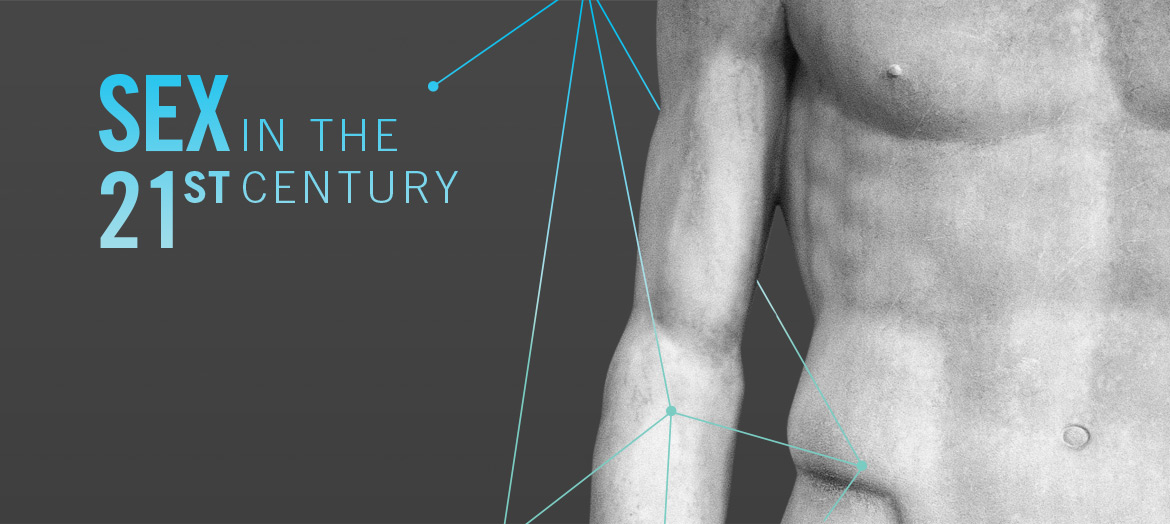Persistent genital arousal disorder in men (PGAD)
Overview:
Persistent genital arousal disorder (PGAD), is associated with unrelenting, unwanted, persistent, intrusive, and spontaneous sensations such as pressure/discomfort, engorgement, pulsating, pounding and/or throbbing, in the genitalia and/or in the perineum and/or anus in the absence of conscious thoughts of sexual desire or sexual interest. Persistent genital arousal disorder is often associated with significant personal bother and distress.
Persistent genital arousal disorder may be classified into primary, lifelong if the PGAD is present throughout the person’s life or into secondary, acquired if the PGAD develops variably in later life. Persistent genital arousal disorder is associated with spontaneous orgasms or feelings that orgasm is imminent or feelings that orgasmic release is needed to reduce the feelings of persistent arousal, but where symptoms are not consistently diminished by achieving orgasmic release. Persistent genital arousal disorder is an uncommonly reported men’s sexual health concern.
PGAD symptoms include unrelenting, unwanted, persistent, intrusive, and spontaneous sensations such as pressure/discomfort, engorgement, pulsating, pounding and/or throbbing, in the genitalia and/or in the perineum and/or anus.
Causes:
Little is known about what causes persistent genital arousal disorder. PGAD may be associated with psychological-related pathophysiologies, including depression and anxiety. Men with PGAD have described that stress worsens PGAD symptoms, whereas distraction and relaxation strategies lower PGAD symptoms.
PGAD may be associated with biologic-related pathophysiologies including neurologic, and pharmacologic etiologies. Central neurologic causes may be secondary to Tourette’s Syndrome, epilepsy, post-blunt CNS trauma, post-neurosurgical intervention of central arteriovenous malformation, or to cervical and lumbosacral surgical interventions. Peripheral neurologic causes may be secondary to pudendal nerve entrapment or hypersensitivity. Pharmacologic causes may be secondary to use of certain antidepressants, such as ttrazodone, or secondary to sudden withdrawal of selective serotonin re-uptake inhibitors (SSRIs) as occurs in sudden SSRI discontinuation syndrome. Some cases of PGAD are idiopathic.
Treatment:
Therapeutic strategies have developed for men who seek management because of distress from PGAD. Psychologic-based treatments engage management of the depression, or focus on efforts to maximize relaxation, through strategies such as distraction, and/or hypnosis. Biologic-based treatments include ice or topical anesthetic agents. Discontinuing trazodone may provide relief. Surgical release of pudendal nerve entrapment may result in PGAD symptom improvement. Pharmacologic strategies have included use of tricyclic or SSRI antidepressants (e.g. clomipramine, paroxetine), prolactin-elevating agents (e.g. olanzapine, risperidone), anti-seizure medications (e.g. carbamazepine), use of the opioid agonist tramadol, use of the varenicline (a partial agonist at the nicotinic receptor subtype that decreases the ability of nicotine to stimulate the release of mesolimbic dopamine).
